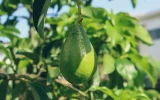What's the Best Time to Plant Avocado Trees?
Avocado trees are propagated by grafting or rooting cuttings from mature trees. Once planted, they can take between three and six years to bear fruit. If you are planning to grow avocado trees, this article will let you know the best time to plant them to ensure that your trees grow healthy and strong.
The best time to plant avocado trees is during the spring months, from late March to early June. This timing allows the trees to establish their root systems before the onset of winter. It also allows the trees to take advantage of the warm weather and sunlight to thrive.
Besides the right timing, there are also several factors to consider to ensure that your avocado tree thrives, including soil requirements, climate and temperature, and sunlight and location. Let's discuss how these factors promote healthy tree growth as you read the article further.
Planting avocado trees at the best times of year can impact the success of starting an avocado farm from scratch.
Summary
- Planting during the springtime takes advantage of warm soil temperatures, reduces transplant shock, brings increased moisture, and provides a longer growing season, all of which contribute to the successful establishment and productivity of avocado trees.
- Planting in spring aligns with the natural growth cycle of avocados, promoting successful flowering and fruit set in the following years and potentially positioning the trees for earlier fruit production compared to trees planted at other times of the year.
- In warmer regions, planting avocado trees in early summer allows them to take advantage of the optimal conditions for growth and development, including warm weather and longer days, which promote root development.
- In cooler climates, early fall planting is recommended for avocado trees, but you need to select cold-hardy varieties and provide suitable planting sites with well-draining soil and protection from strong winds.
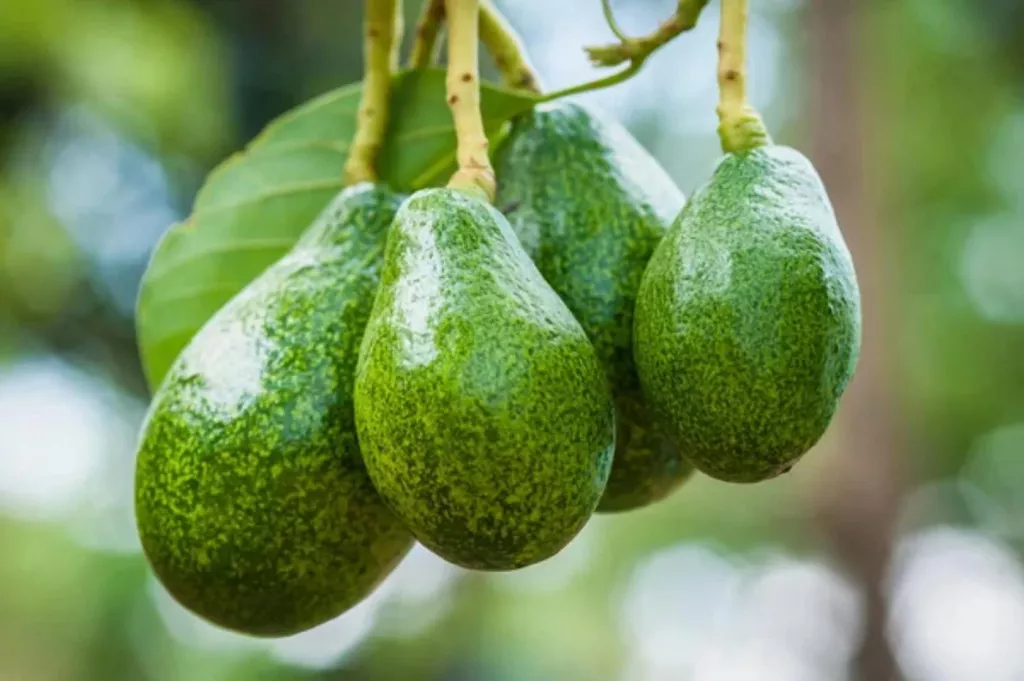
On this page:
Best Time for Planting Avocados
The best time to plant avocado trees is during the spring months, typically from late March to early June. This timing allows the trees to establish their root systems before the onset of winter.
Planting avocado trees in the spring offers several advantages due to the favorable growing conditions during this time of year. Here are some reasons why the spring is the best time to plant avocado trees:
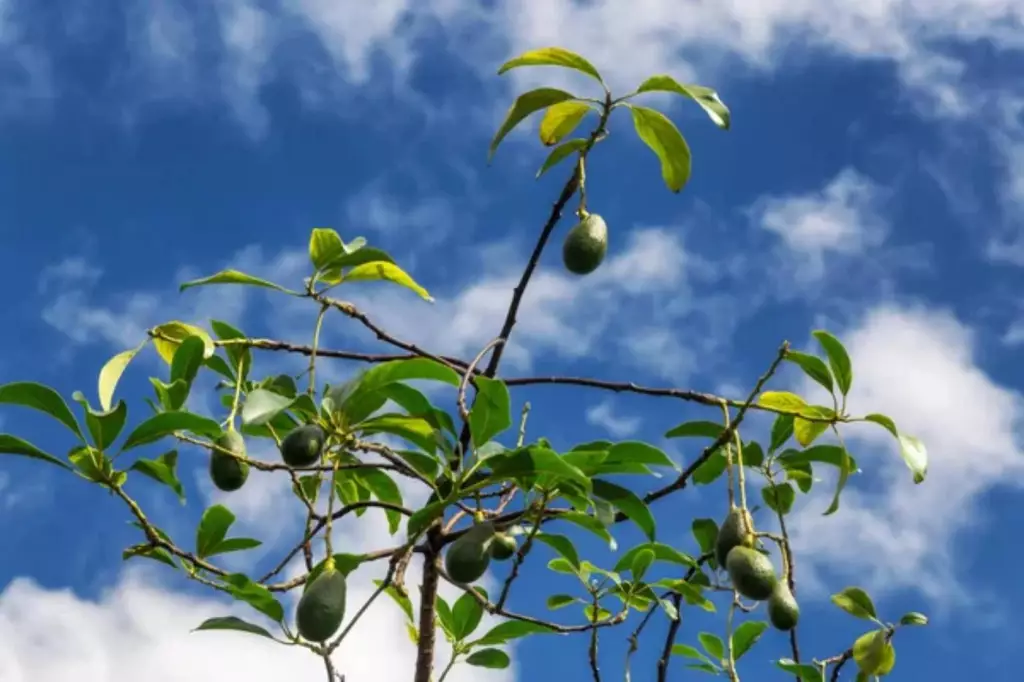
The soil temperature is warm
When the soil temperature begins to warm up during the spring, it creates an ideal environment for promoting root growth and establishment. This particularly benefits avocado trees, as they thrive in warm soil conditions.
The warming soil temperature during the spring provides several advantages for avocado trees. First, it allows the roots to develop and expand more effectively.
As the soil warms, the metabolic activities of the roots increase, leading to improved nutrient uptake and overall growth.
Additionally, warm soil encourages the development of a healthy and robust root system, which is essential for the long-term health and productivity of the avocado tree.
It reduces transplant shock
Planting avocado trees in the spring gives them enough time to acclimate to their new environment before the stress of summer heat sets in. This can help minimize transplant shock and increase the tree's chances of successful establishment.
They bring increased moisture
In many regions, spring brings increased rainfall, which can provide essential moisture for young avocado trees as they establish their root systems. This natural irrigation can support healthy growth and reduce the need for supplemental watering.
The growing season is longer
With more time to grow, the trees can establish a robust root system and develop healthy foliage, which is essential for their overall growth and productivity.
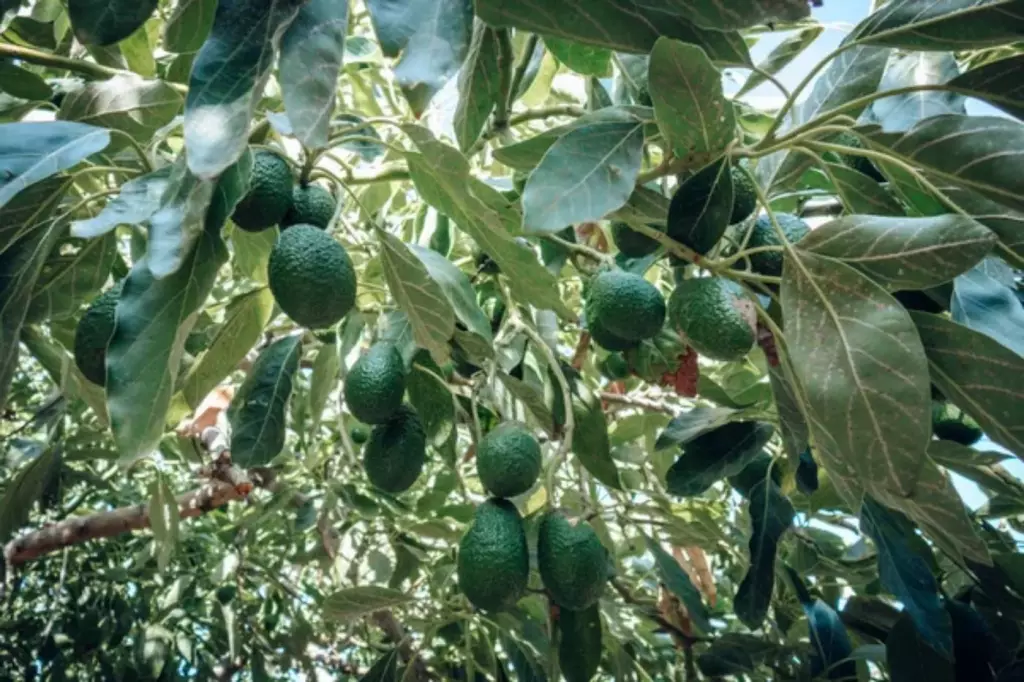
A longer growing season also allows the trees to accumulate more energy reserves, which can help them better withstand the challenges of winter, such as cold temperatures and potential frost damage.
Furthermore, it can potentially lead to increased fruit production. Avocado trees require a significant amount of time to develop and ripen their fruit, and a longer growing season provides them with the necessary time to complete this process. This can result in a higher yield of avocados, benefiting both commercial and home gardeners.
In addition, the extended growing season may also contribute to overall tree health and resilience. With more time for growth and development, avocado trees may be better equipped to resist diseases and pests, as well as recover from any environmental stressors they encounter.
Planting in spring takes advantage of the natural growth cycle of avocados
Spring is indeed an optimal time for flowering and fruit production in many plants, including avocado trees. During the spring season, the combination of warmer temperatures and increased daylight triggers physiological changes in plants, promoting flower bud formation and subsequent fruit development.
By planting avocado trees in the spring, they are able to take advantage of these favorable conditions, aligning with their natural growth cycle and increasing the likelihood of successful flowering and fruit set in the following years.
When planted in the spring, the trees have a longer period of favorable weather and growing conditions to establish strong root systems and healthy foliage, which helps support future flowering and fruit production.
Additionally, spring planting allows the trees to acclimate and develop during the warmer months, positioning them for potential earlier fruit production compared to trees planted at other times of the year.
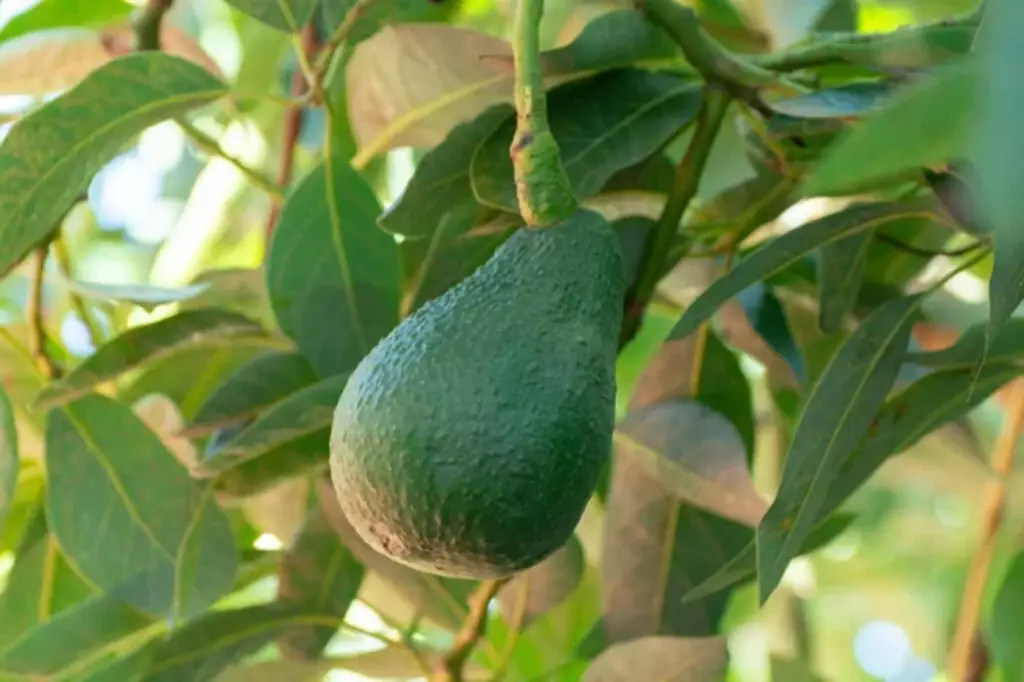
Optimal Conditions for Planting Avocado Trees
In this section, we will discuss the optimal conditions for planting avocado trees, including soil requirements, climate and temperature, sunlight, and location:
Soil requirements
Avocado trees require well-draining soil to prevent waterlogging, which can lead to root rot. A loamy, well-drained soil with a pH of 6 to 6.5 is ideal for planting avocado trees.
If your soil is heavy or clay-like, you may need to amend it with organic matter, such as compost or peat moss, to improve drainage.
Climate and temperature
Avocado trees are native to tropical and subtropical regions, and they thrive in warm, humid climates. In the United States, avocado trees only grow in USDA hardiness zones 9 to 11, which have average minimum temperatures of 20° to 40° Fahrenheit. If you live in a colder climate, you may need to grow your avocado tree in a greenhouse or indoors.
Sunlight and location
Avocado trees require full sun to grow and produce fruit. They should be planted in a location that receives at least six hours of direct sunlight per day.
However, in hotter climates, partial shade may be necessary to prevent sunscald on the trunk and branches. When choosing a location for your avocado tree, perhaps consider the natural sunlight patterns in your area and choose a spot that receives the most sunlight.
You can learn more about what you need to consider when planting this green gold fruit as you read this article.
Planting Avocado Trees in Early Summer or Early Fall
Although spring is the best time to plant avocado trees, the ideal time for planting can vary depending on the climate and location:
Planting avocado trees in warmer regions
Planting avocado trees in early summer in warmer regions offers several advantages:
The warm weather and longer days create optimal conditions for the tree to establish its root system before the arrival of the cooler winter months. This timing allows the tree to take full advantage of the favorable conditions for growth and development.
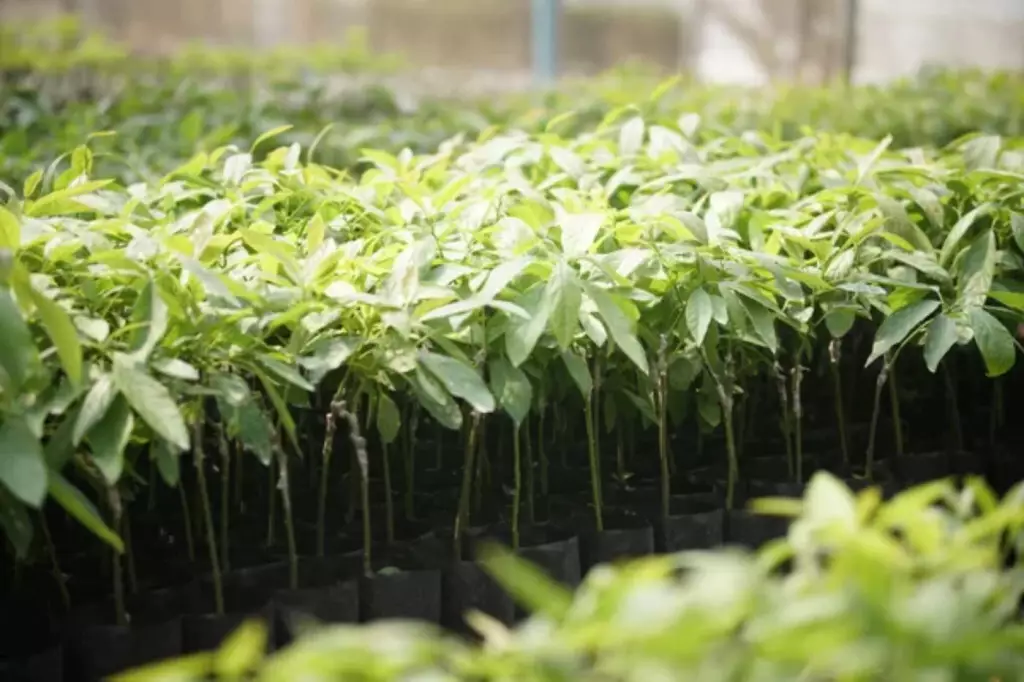
When avocado trees are planted in early summer, they have an extended period of warm weather and adequate sunlight to encourage root development.
This is crucial for the tree's overall health and resilience, as a strong and well-established root system enables the tree to better withstand potential stress from colder temperatures in the winter.
Additionally, a robust root system enhances the tree's ability to access water and nutrients from the soil, supporting its overall growth and productivity.
By allowing the avocado tree to develop a strong root system during the summer, it becomes better equipped to handle the potential challenges posed by the cooler winter months.
This proactive approach to planting timing can contribute to the long-term health and productivity of the tree, ultimately leading to better fruit production and overall tree vitality.
Planting avocado trees at the best times of year can help maximize their lifespan and productivity over the decades that most trees will bear fruit.
Planting avocado trees in areas with cooler climates
Conversely, in cooler climates where winter temperatures can be more severe, early fall planting is recommended. However, you need to choose cold-hardy avocado varieties that are better suited to withstand lower temperatures.
Additionally, you might need to select a suitable planting site that has well-draining soil and protection from strong winds.
Planting in the early fall allows the tree to acclimate to its new environment before the onset of winter. This allows the tree to adjust to its surroundings and develop some root growth before the colder weather sets in, which can help it survive the winter months more effectively.
Furthermore, providing additional protection for avocado trees during the winter months, such as using frost cloth or creating windbreaks, can help mitigate the impact of cold temperatures and harsh weather.
Avocado trees are sensitive to frost, and planting them too late in the season in cooler climates can increase the risk of damage from frost before the tree has had a chance to establish itself.
